While the basic shape of naval armor-piercing projectiles was largely set in the years 1905-1920, and most nations entered WWII with projectiles that were improved only in detail over the shells they had used then, two nations made radical departures. The Japanese optimized their shells for underwater hits, a process discussed last time, while the USN developed the most effective armor-piercing (AP) shells the world has ever seen.

A pair of 2,240 lb Mk 5 16" AP target shells at Science Museum Oklahoma
The original shells for the 16"/45 guns of the Colorado class were fairly conventional projectiles of 2,100 lbs. In the 1930s, the Bureau of Ordnance developed a slightly heavier, stronger shell of 2,240 lbs, with a consequent increase in penetration. It also had an improved AP cap, hardened so that it would not be torn off in oblique impacts and would instead crack the face-hardened layer of the armor, digging a hole that kept the projectile's nose in like a center punch. This was the shell that was used to develop the immune zones for the South Dakota and Iowa classes, but before any of those ships were completed, BuOrd had come up with something even better, the amazing 2,700 lb Mk 8, known as the "superheavy" shell. The 20% increase in shell weight reduced muzzle velocity, to the point that belt penetration stayed largely the same, but deck penetration, more likely to matter at the long ranges the USN planned to fight at, rose by up to 25%, and immune zones collapsed. The zone for the Iowas went from 13,600 yrds to 5,300 yrds against the 16"/45 gun. In late 1944, the improved AP Mk 8 Mod 6 entered service, with improved hardening and an altered shape to increase penetration at long range by another 25%. It was considered so effective that the battleships in the Pacific were ordered to turn in their existing shells and rearm as quickly as possible. In fact, this shell, fired from a 16"/50 gun, was considered broadly equivalent to a conventional 18" weapon.
Read more...
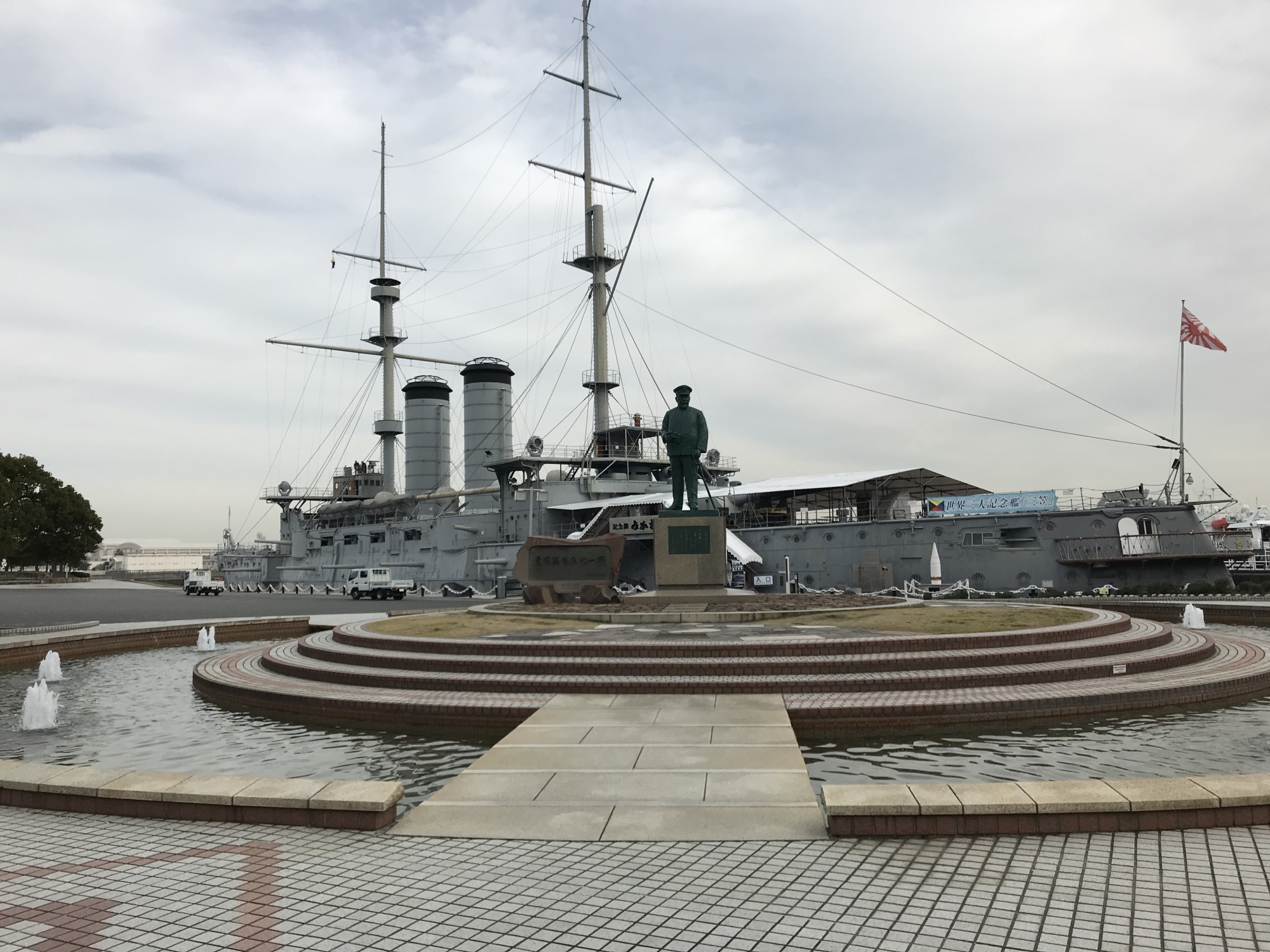



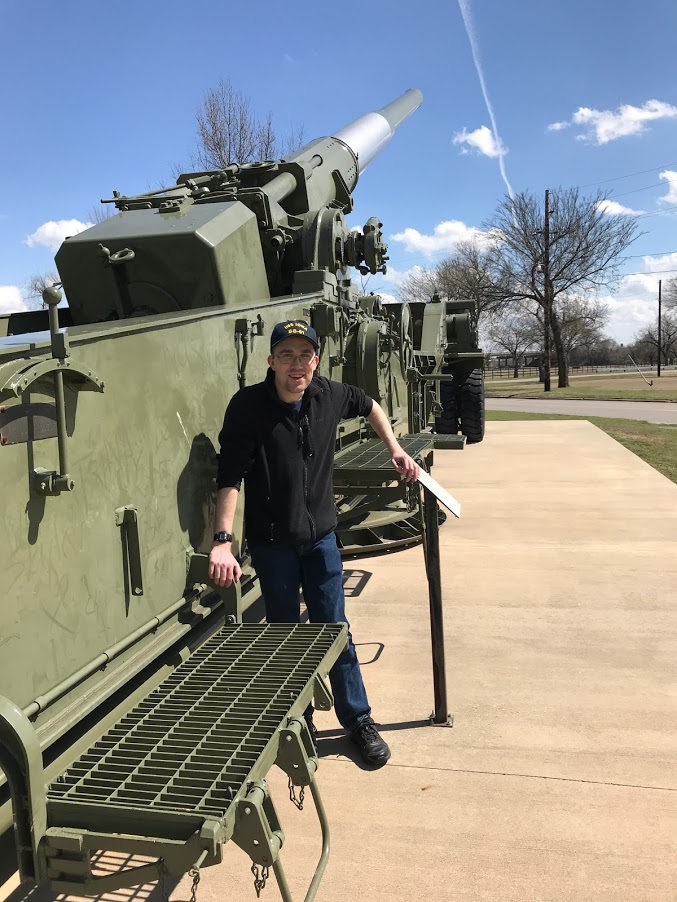
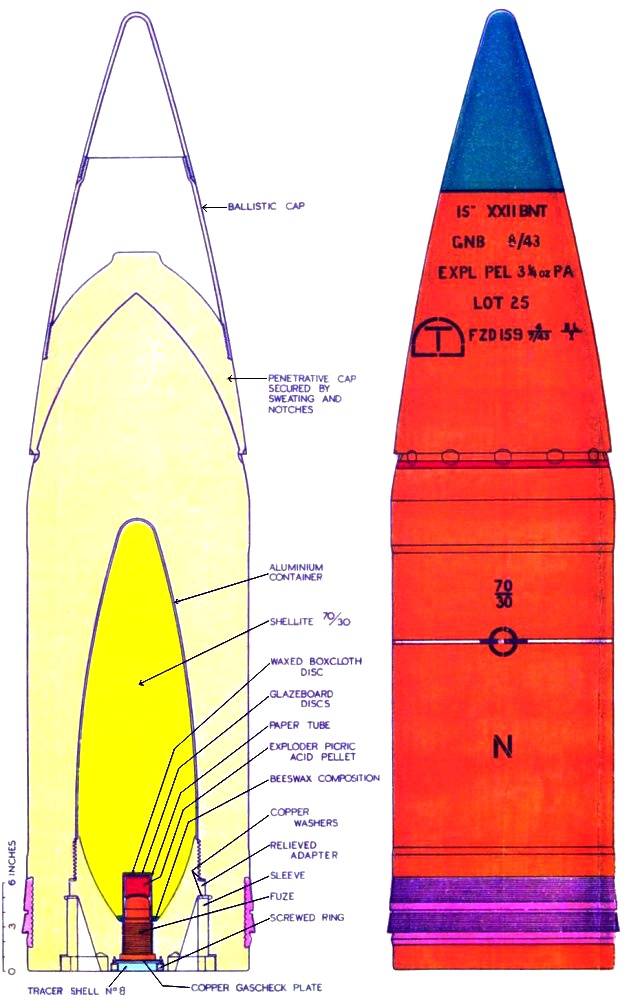

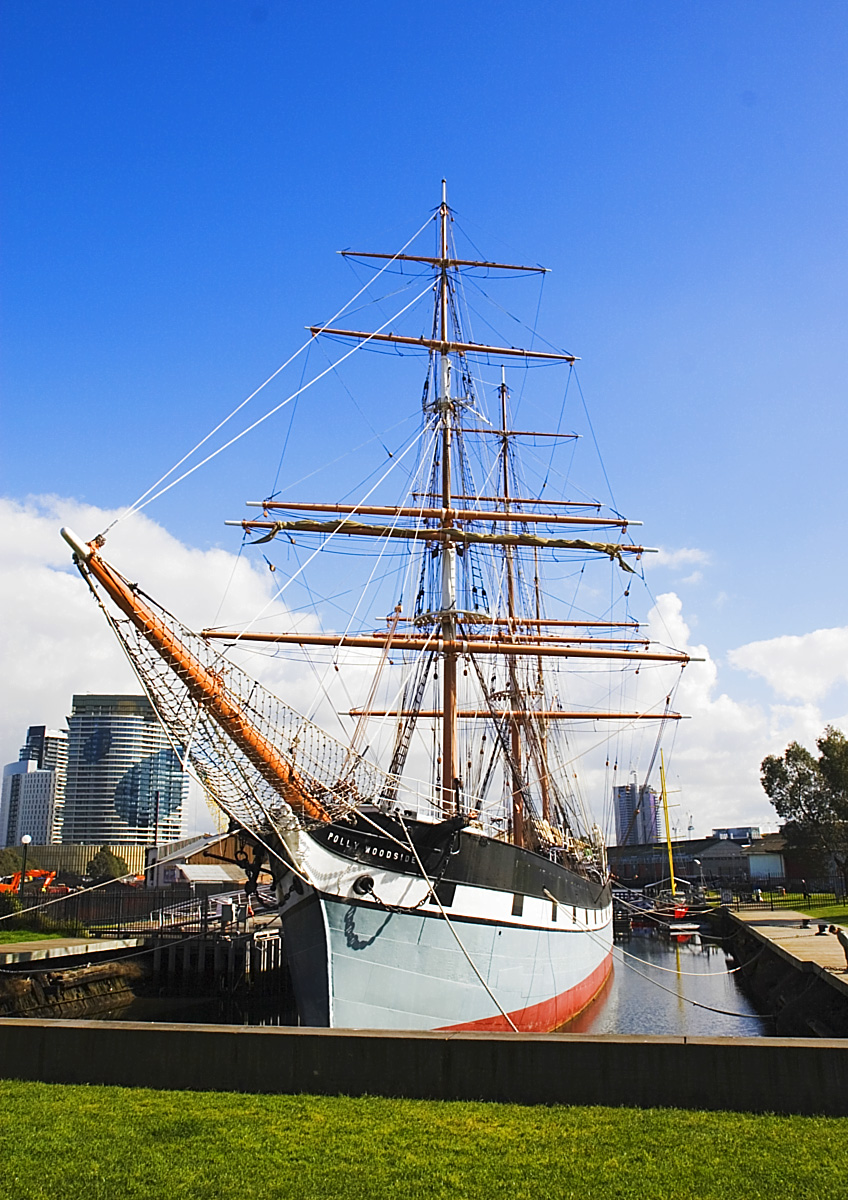
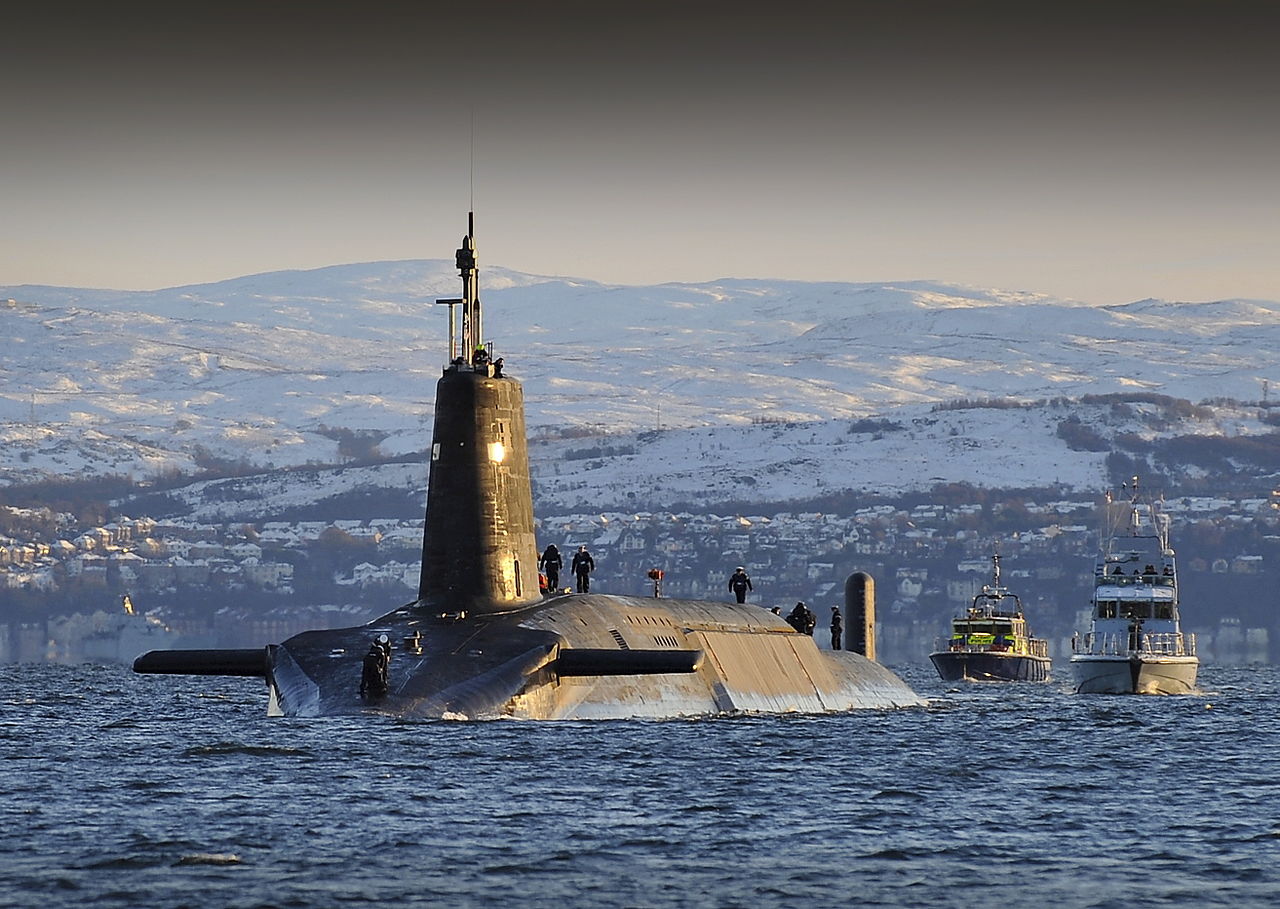
Recent Comments